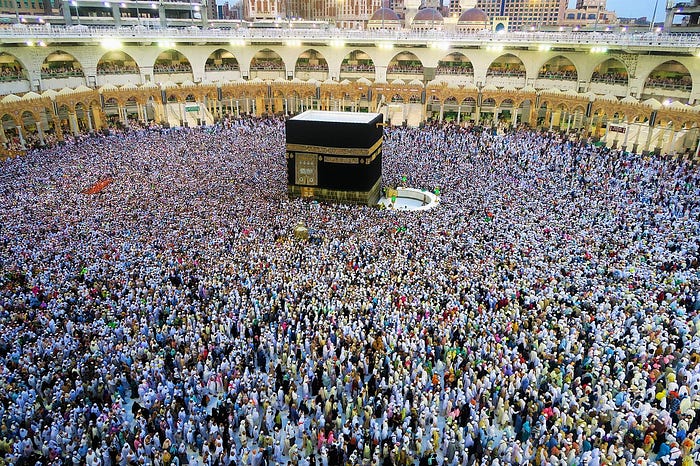history of mecca
A Brief History of Makkah, Saudi-Arabia

Makkah, also known as Mecca, is a city located in the western region of Saudi Arabia. It holds immense historical and religious significance for Muslims around the world as the birthplace of Islam and the site of the holiest shrine in Islam, the Kaaba. The history of Makkah spans thousands of years, encompassing pre-Islamic times, the advent of Islam, and the subsequent development of the city as a major center of pilgrimage and Islamic culture.
Pre-Islamic History
Before the emergence of Islam, Makkah was a prominent center of trade and commerce in the Arabian Peninsula. It was strategically located along the ancient trade routes, connecting the civilizations of the Mediterranean, Africa, and the Indian subcontinent. The city was primarily inhabited by the Arab tribes of Quraish, who were responsible for the governance and upkeep of the Kaaba.
The Advent of Islam
In the 7th century CE, the Prophet Muhammad, peace be upon him, received revelations from Allah (God) through the angel Gabriel, which marked the beginning of the Islamic faith. As the message of Islam spread, Makkah became the focal point of the new faith. The Prophet Muhammad, himself born in Makkah, faced significant opposition from the Quraish tribe, who resisted the acceptance of Islam.
The Migration to Madinah
Due to the increasing persecution faced by the early Muslims, the Prophet Muhammad and his followers migrated from Makkah to the nearby city of Madinah in what is known as the Hijra (migration) in 622 CE. This event holds significant historical importance as it marked the establishment of the first Islamic state in Madinah, where Islam flourished and gained political and social recognition.
Conquest of Makkah
After several years, the Muslim community grew in strength and numbers. In 630 CE, the Prophet Muhammad and his followers returned to Makkah with a large force of Muslims. The city surrendered without resistance, and the Prophet Muhammad forgave the people of Makkah, establishing a precedent of mercy and forgiveness. The idols and pagan practices that had dominated the city were removed, and the Kaaba was rededicated to the worship of the One God.
Makkah as the Center of Pilgrimage
Following the conquest, Makkah transformed into the spiritual center of Islam. The Kaaba, believed to be built by the Prophet Ibrahim (Abraham) and his son Ismail (Ishmael), became the focal point of the annual pilgrimage, known as Hajj, which attracts millions of Muslims from around the world. The rituals performed during Hajj include the circumambulation of the Kaaba, the running between the hills of Safa and Marwa, and the gathering on the plain of Arafat, among others.
Expansion and Development
Throughout history, Makkah witnessed various expansions and developments to accommodate the increasing number of pilgrims. Islamic rulers and caliphs contributed to the expansion of the Grand Mosque (Al-Masjid al-Haram) and the construction of surrounding structures. During the modern era, the Saudi Arabian government undertook extensive redevelopment projects to enhance the infrastructure, transportation, and accommodation facilities in Makkah to cater to the growing number of pilgrims.
Today, Makkah remains an integral part of the lives of Muslims worldwide. It serves as a place of spiritual fulfillment, unity, and devotion, where Muslims gather to fulfill the fifth pillar of Islam, the Hajj. Makkah’s history is deeply intertwined with the development and spread of the Islamic faith, and its significance as the birthplace of Islam and the destination of the Hajj pilgrimage continues to resonate with Muslims across the globe.
Comments
Post a Comment